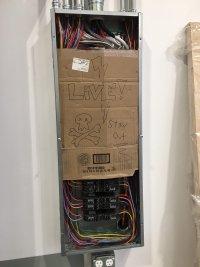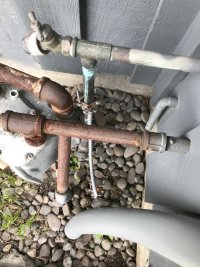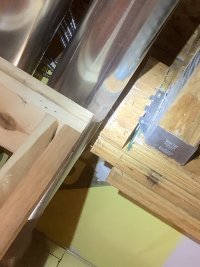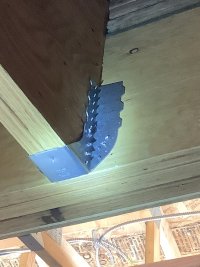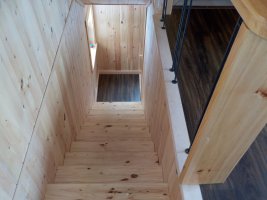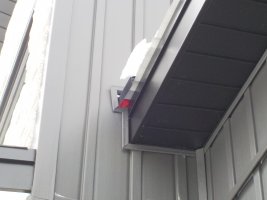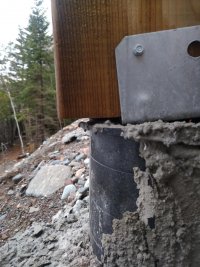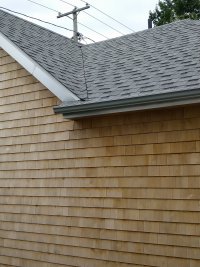Management Skills 101
The job was an electric service upgrade. The panel was on the rear of the dwelling. Four Lhasa Apso dogs lived there. The dogs would be at my feet barking incessantly and jumping on me. I asked the owner to put the dogs up to no avail. Unfortunately I had to write corrections that would result in another inspection.
Weeks later I was in the office when an inspector called to report an incident. He had been at that address performing an inspection when one of the dogs jumped up and bit him. The dog caught his pants and held on. The inspector hit the dog with his aluminum ticket holder. The dog was out cold when he left. The skin was not broken.....on either one.
An hour later I hear the student worker asking me to take line three. The caller was the dog owner. He was angry. He described the incident as the inspector nailed the dog simply because it was barking and jumping on him. Which in all honesty, knowing the inspector, that was not entirely impossible. But hey now, I’m pretty sure he was asked to put the dogs up first.
The owner wanted to file a claim against the County
Anyway I told the owner that the inspector said that he was bitten. I asked him if the Sheriff has arrived yet. He was surprised to hear that. I explained that if a County employee is dog bit a report is made to the Sheriff. I went on to tell him that the dog has to go to doggy jail for fourteen days to be observed for rabies. The owner asked who pays for that. I assured him that he would and oh by the way, we can’t take your word for which dog it was, so that will be times four.
I could hear him tearing up. His voice was different when he asked is there some other way to handle this. I said that we could both hang up. The line went dead.
The job was an electric service upgrade. The panel was on the rear of the dwelling. Four Lhasa Apso dogs lived there. The dogs would be at my feet barking incessantly and jumping on me. I asked the owner to put the dogs up to no avail. Unfortunately I had to write corrections that would result in another inspection.
Weeks later I was in the office when an inspector called to report an incident. He had been at that address performing an inspection when one of the dogs jumped up and bit him. The dog caught his pants and held on. The inspector hit the dog with his aluminum ticket holder. The dog was out cold when he left. The skin was not broken.....on either one.
An hour later I hear the student worker asking me to take line three. The caller was the dog owner. He was angry. He described the incident as the inspector nailed the dog simply because it was barking and jumping on him. Which in all honesty, knowing the inspector, that was not entirely impossible. But hey now, I’m pretty sure he was asked to put the dogs up first.
The owner wanted to file a claim against the County
Anyway I told the owner that the inspector said that he was bitten. I asked him if the Sheriff has arrived yet. He was surprised to hear that. I explained that if a County employee is dog bit a report is made to the Sheriff. I went on to tell him that the dog has to go to doggy jail for fourteen days to be observed for rabies. The owner asked who pays for that. I assured him that he would and oh by the way, we can’t take your word for which dog it was, so that will be times four.
I could hear him tearing up. His voice was different when he asked is there some other way to handle this. I said that we could both hang up. The line went dead.
Last edited:

